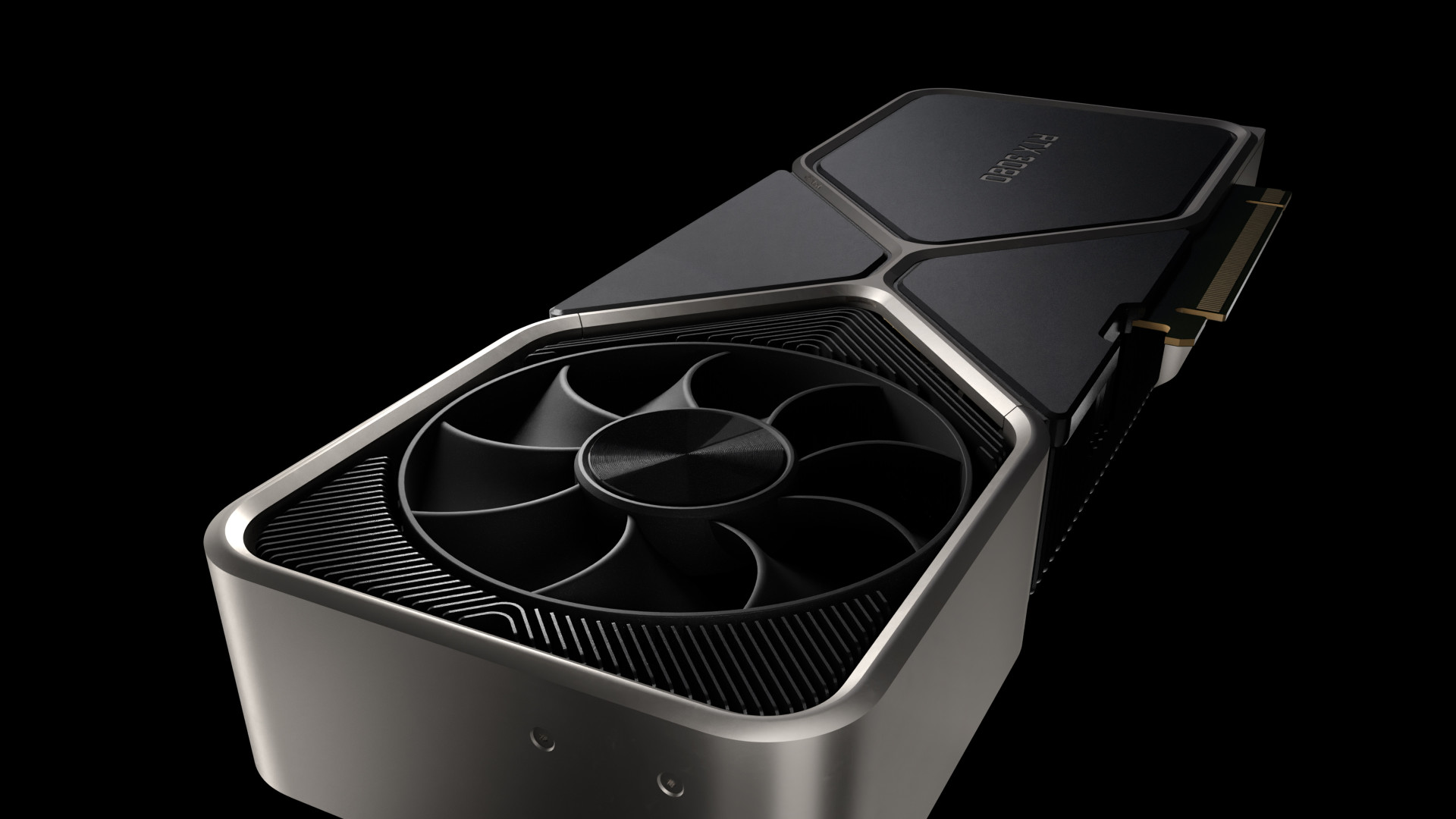We mentioned the Cell-arcitecture’s probably most important component earlier, namely SPE (synergistic processing elements). When the STI group introduced the SPE units yesterday they have over at Ars Technica published an article on these units construction and how the Cell-arcitecture will use the previously named for optimum performance. Even if not all of the information has been released it’s pretty clear that the STI-group has chosen another path than AMD and Intel have on the processor market. “The difference is that instead of the compiler taking up the slack (as in RISC), a combination of the compiler, the programmer, some very smart scheduling software, and a general-purpose CPU doing the kind of scheduling and resource allocation work that the control logic used to do.” As usual you can look forward to som very pleasant reading over at Ars Technica and we look forward on more information on the Cell-arcitecture.
The Cell-arcitecture uses eight SPE units that can be looked upon as eight smal and very powerful vektor processors. Together with a PowerPC-processor core (PowerPC-processors are used by Apple among others) the SPE units are the center of the Cell-arcitecture.
Dual core and multitasking are currently the most popular and the Cell-arcitecture is built from the foundation for parallel work and multitasking.
The use of this kind of arcitecture is a bit different than we’re used of today.
The whole article can be found at Ars Technica.
Subscribe
Please login to comment
0 Comments
äldsta

















